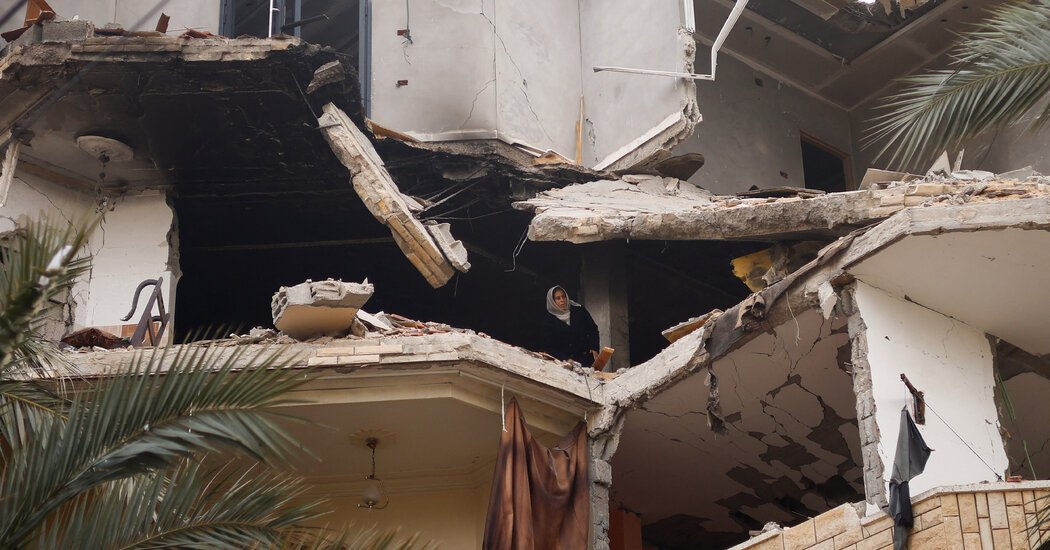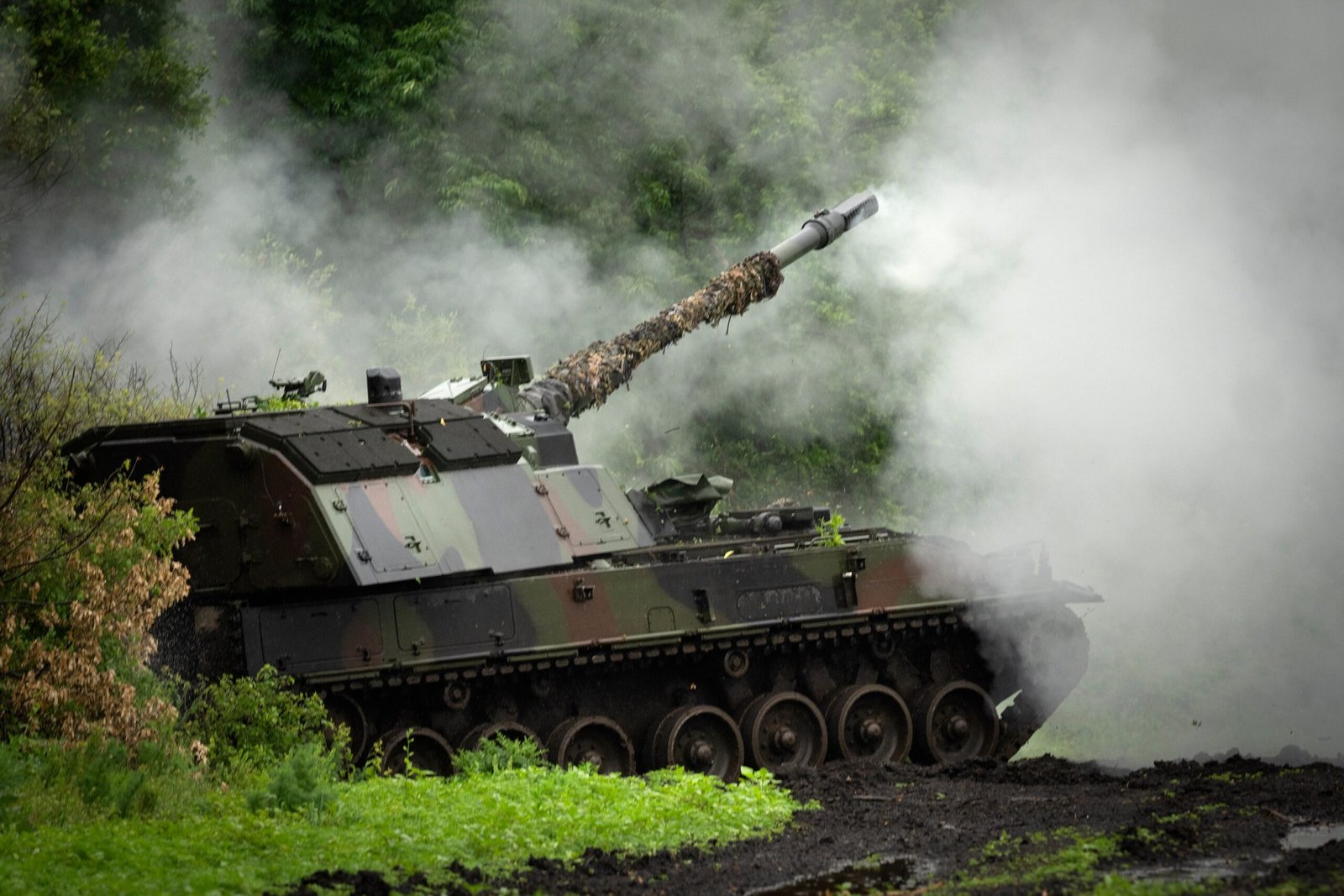As the war has raged, Ahlam Shimali has watched as people have fled fighting and destruction elsewhere in Gaza and packed into Rafah, the territory’s southernmost district, where she lives.
Rents have skyrocketed, and multiple families share small apartments. Tent camps have taken over most open areas. Food and fuel have become so scarce that she burns old clothes and pages from books to heat canned beans and bake flatbread.
“What would happen to us if there were tanks, clashes, an invasion and an army?” said Ms. Shimali, 31.
More than half of Gaza’s 2.2 million people are now sheltering in Rafah, many of them after Israel told them to flee south to avoid the war farther north.

Israeli officials have been suggesting that the next step in their effort to destroy Hamas will be in Rafah, and, on Friday, the office of Prime Minister Benjamin Netanyahu announced that “any forceful action in Rafah would require the evacuation of the civilian population from combat zones.”
The Israeli government has not specified which areas these would be and where the civilians now sheltering in them would be expected to go.
Aid groups, the secretary general of the United Nations and officials from the Biden administration have warned that an Israeli attack on Rafah would be catastrophic. The area’s high density would increase the chances of civilian deaths in military strikes, and an advance by Israeli ground troops could further interrupt the delivery of aid.
Already, the overcrowding has taxed the area’s resources, and newly displaced Gazans continue to arrive as fighting rages on in the city of Khan Younis to the north.
“It is very bad; the hygiene level is very low,” said Fathi Abu Snema, 45, who has been sheltering with his family in a United Nations school in Rafah since early in the war. “Here we eat only canned food, which is anything but healthy. Everything else is very expensive.”
He feared that many would die if Israel invaded Rafah, especially since people had nowhere else to go.
“I prefer to die here,” he said. “There is not one safe place to go in Gaza. You could get killed anywhere, even in street.”
Rafah sits along the border with Egypt, although very few Gazans have been allowed to leave during the war, mostly because Egypt, and many Gazans themselves, fear that if they leave, they will never return to Gaza.
That leaves few options for people like Sana al-Kabariti, a pharmacist and skin-care expert.
She fled to Rafah from Gaza City, where both her home and her clinic have since been destroyed, giving her little to return to, she said.
Even if the war were to stop soon, she expects there would be little interest in her skin-care services, since people would be focused on trying to rebuild their homes and lives, she said.
“I am worried about my future in Gaza,” said Ms. al-Kabariti, 33. “I really need to leave the strip.”
Iyad Abuheweila and Abu Bakr Bashir contributed reporting.










